If a car designer’s inspiration needs to be matched by experience to get them to the top of the tree, it’s no wonder Peter Horbury holds the leading design job at China’s restless Geely Group, where both full-steam brand building (Lynk&Co) and careful development of age-old marques (such as Lotus) share priority.
As Geely Auto’s executive vice-president of design, Horbury’s task is to deploy both creativity and talent as a team leader to guide a rambling global car conglomerate encompassing everything from trucks to private cars, with EVs, sports cars and taxis sandwiched in between.
His renowned ability at handling these tasks – plus more than 40 years in other top design roles – has led Autocar’s judging panel to declare him the winner of a special Lifetime Achievement award, an accolade rarely given.
Horbury says he has relished choosing a dozen cars to describe his life, not least because as a celebrated raconteur, he has plenty of life experiences to share…
1950 Morris Oxford
“This one looks odd,” says the designer, “but it comes from a story my mother tells about pushing me around in a pram as a baby. I was just about old enough to sit up, and as we passed a car at the kerbside, I pointed and said it was a ‘Morris Ox-Ox’. My mother insisted it wasn’t but a passing gentleman corrected her. ‘Madam,’ he said, ‘your baby is quite right.’ I think that must have been the beginning of something. My first Dinky toy was a Morris Oxford, too.”
Jaguar E-Type
By the time the E-Type was launched, Horbury was 11 and, like many a kid, constantly drawing cars in the margins of his school books. But he wasn’t into copying existing designs. He’d take an existing model and draw its successor: “I liked deciding what the important design features were, and massaging them into a future state.”
With the E-Type, it was love at first sight. The car seemed to come from another world: “Even if much of it was done by an aerodynamicist [Malcolm Sayer], it was clearly influenced by somebody with a designer’s eye [Jaguar founder Sir William Lyons]. There’s a subconscious recognition of natural shapes running right through that car, the kind of muscular tension you see in a cheetah or a tiger. I’ve never owned an E-Type, but if I did, it’d be the two-seater coupé.
I love the hips and that arched back. Whenever I look at one, I see that strangely upright screen in an otherwise sleek shape. That makes it special: if the screen was more raked, your eye would be taken to the roof but instead it follows that wonderful line running from the bonnet, right to the rear.”

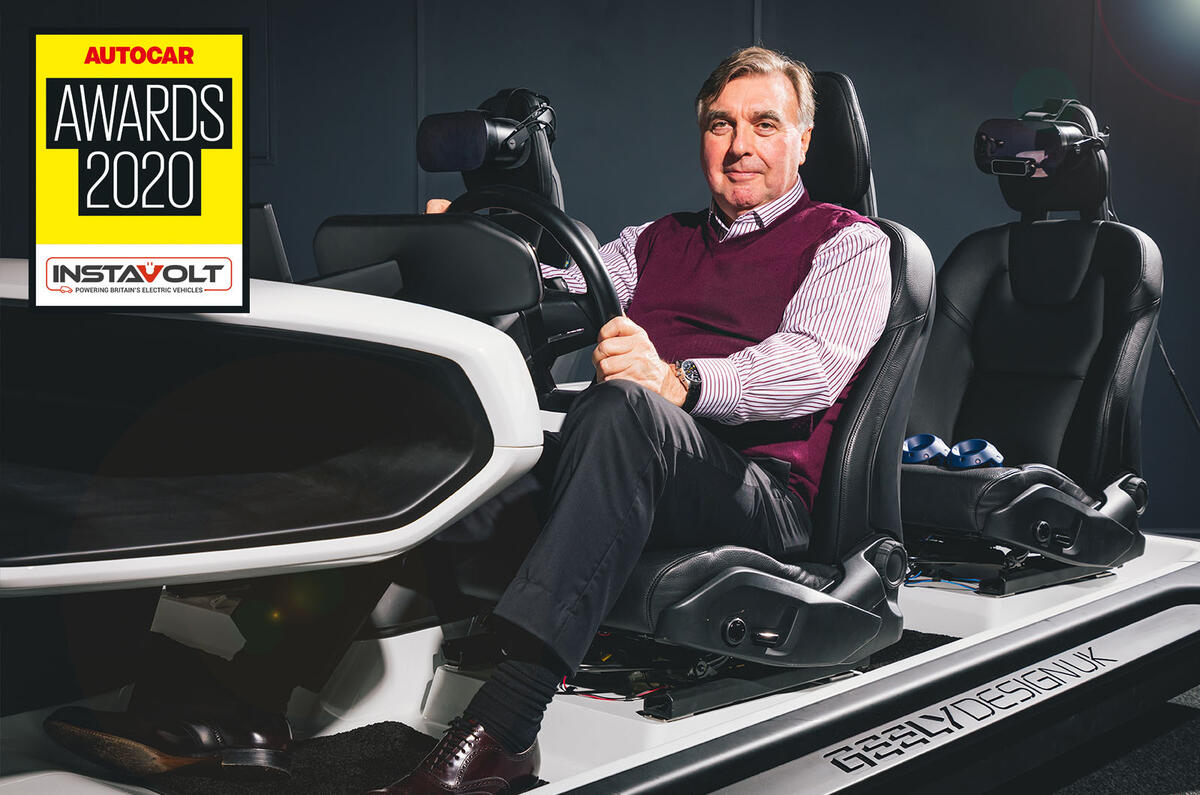
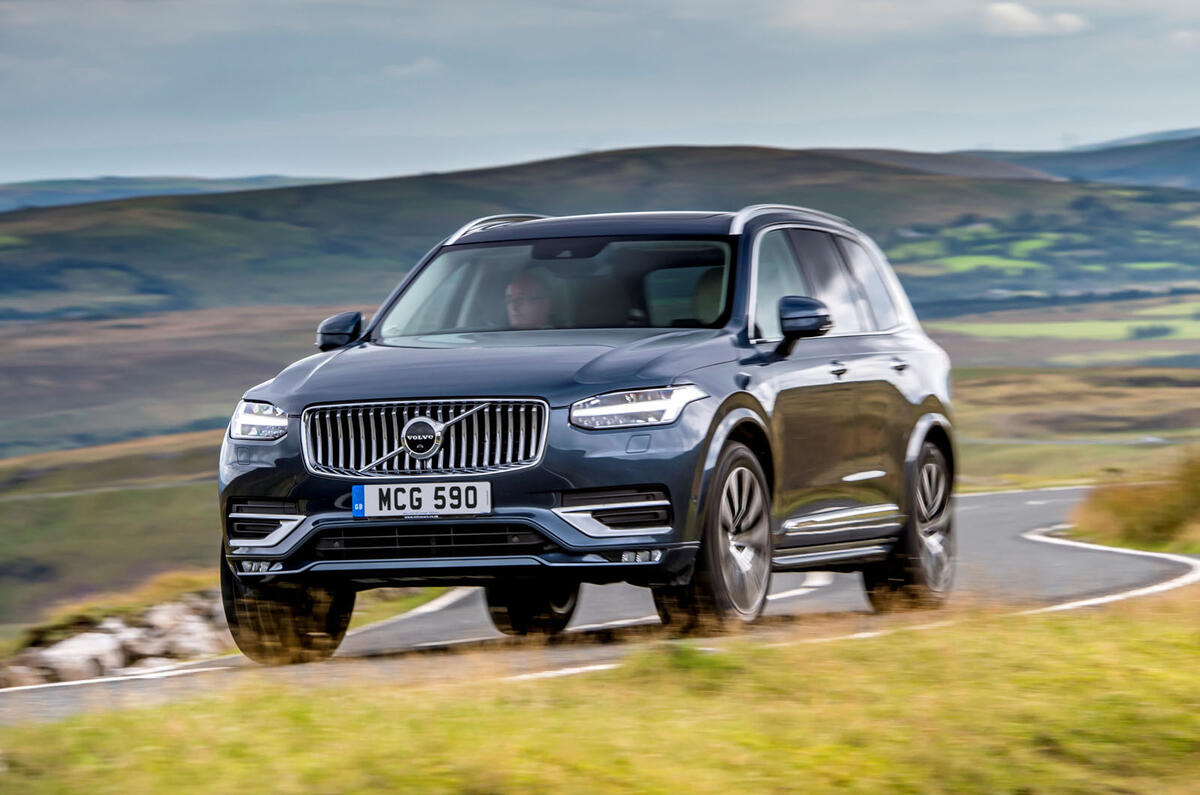
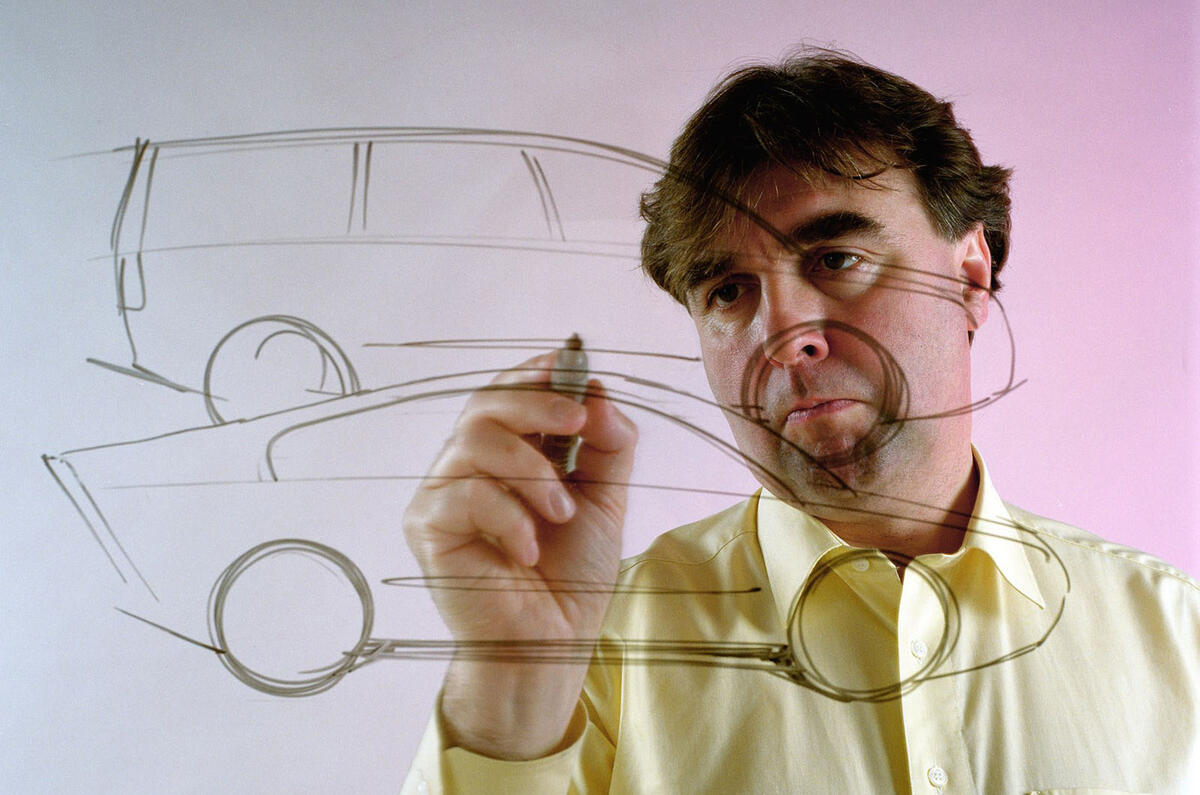
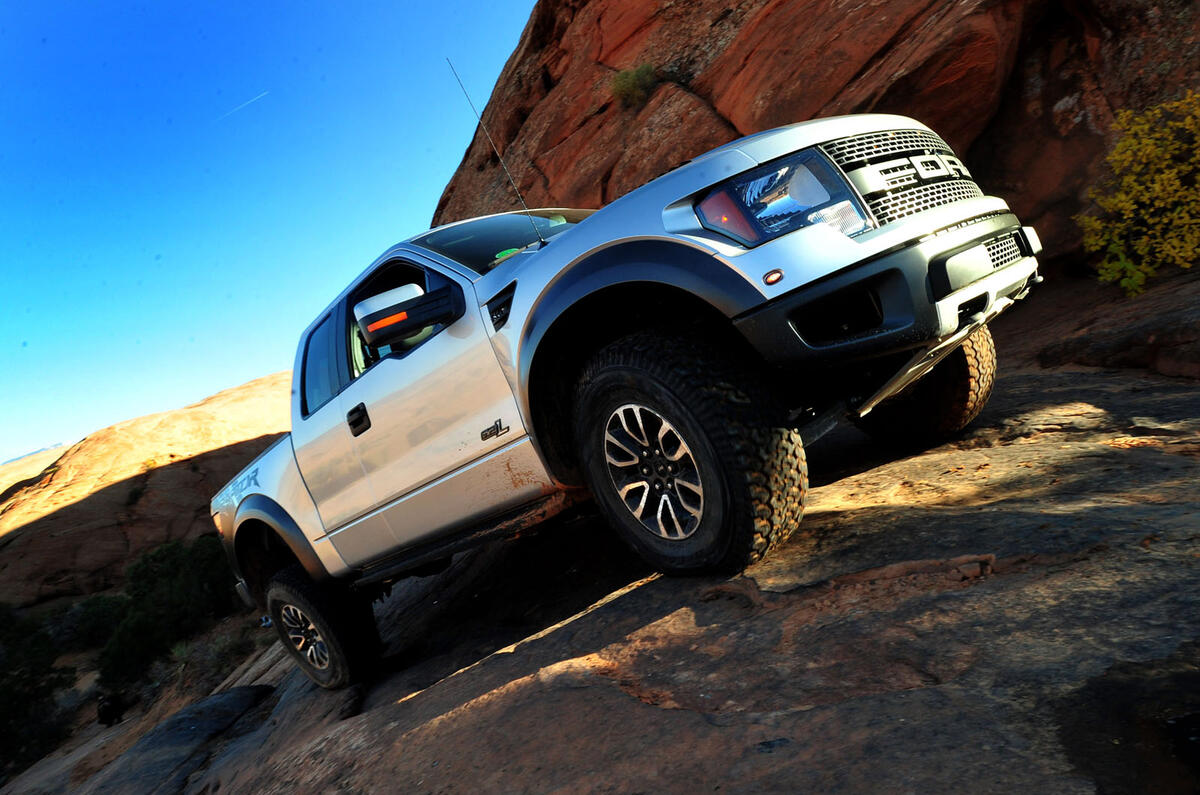

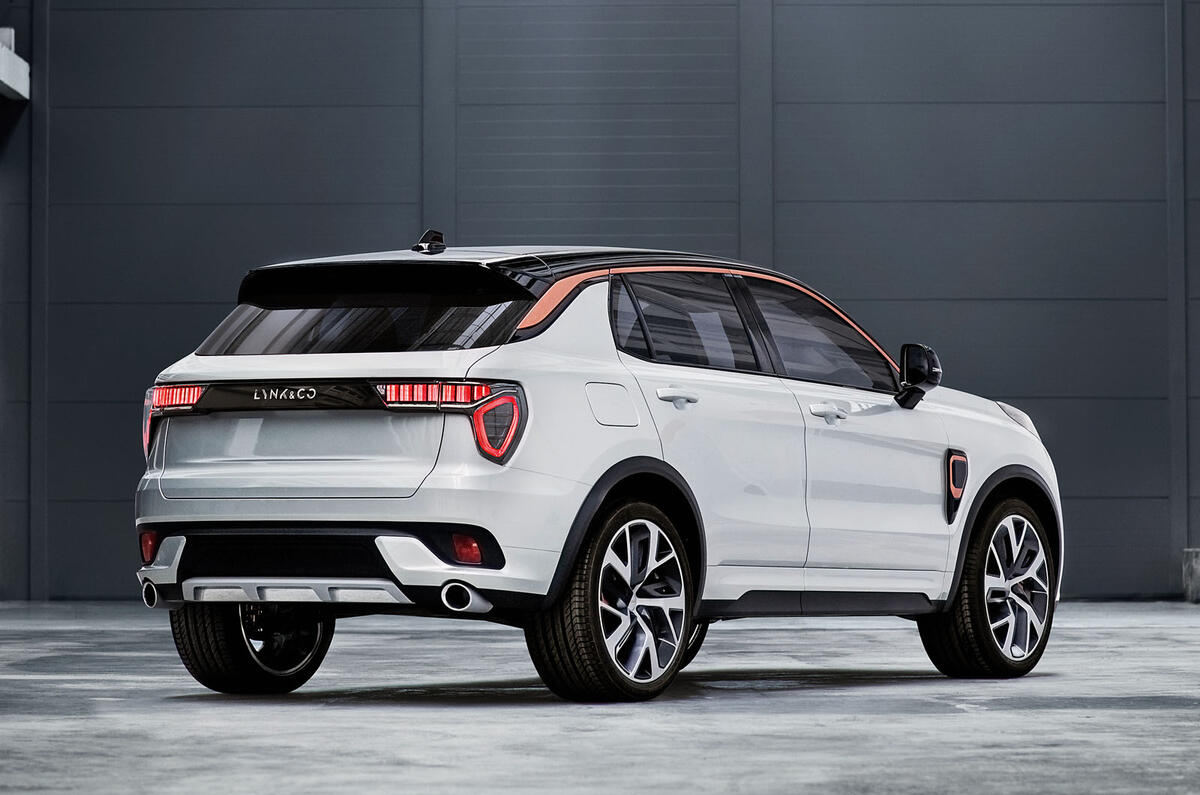
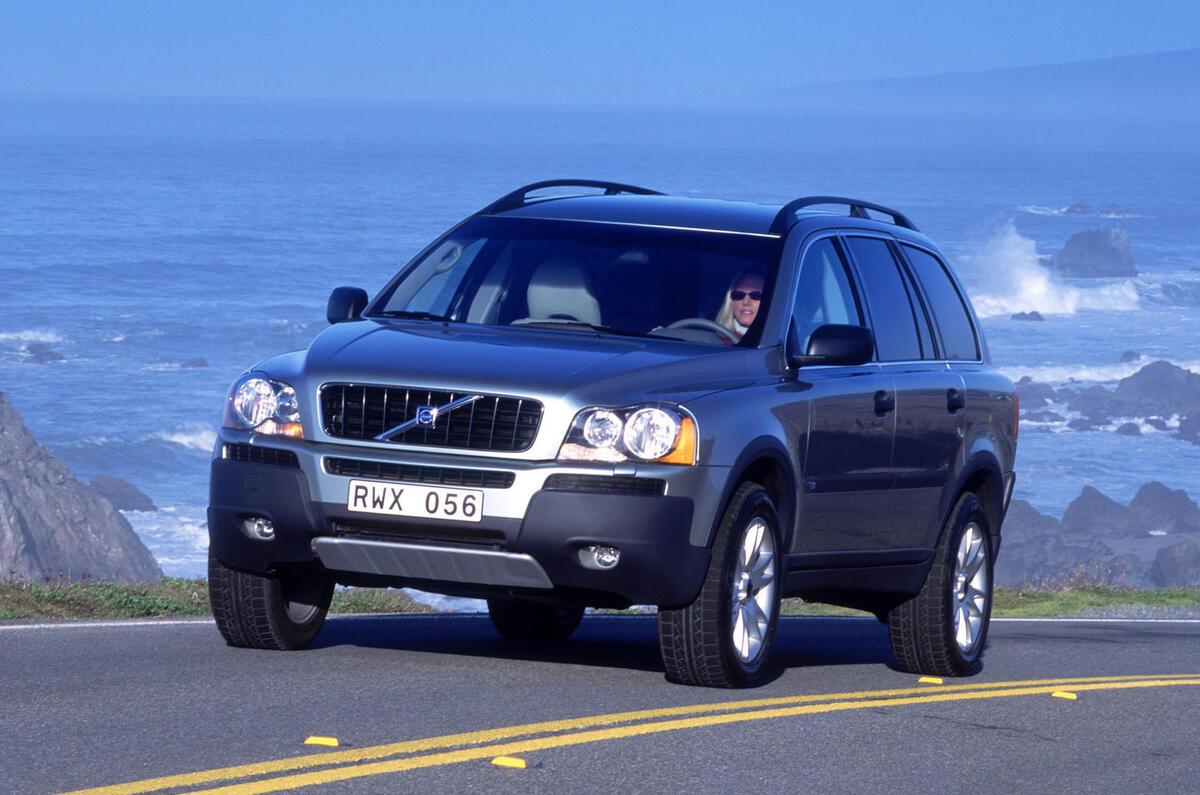
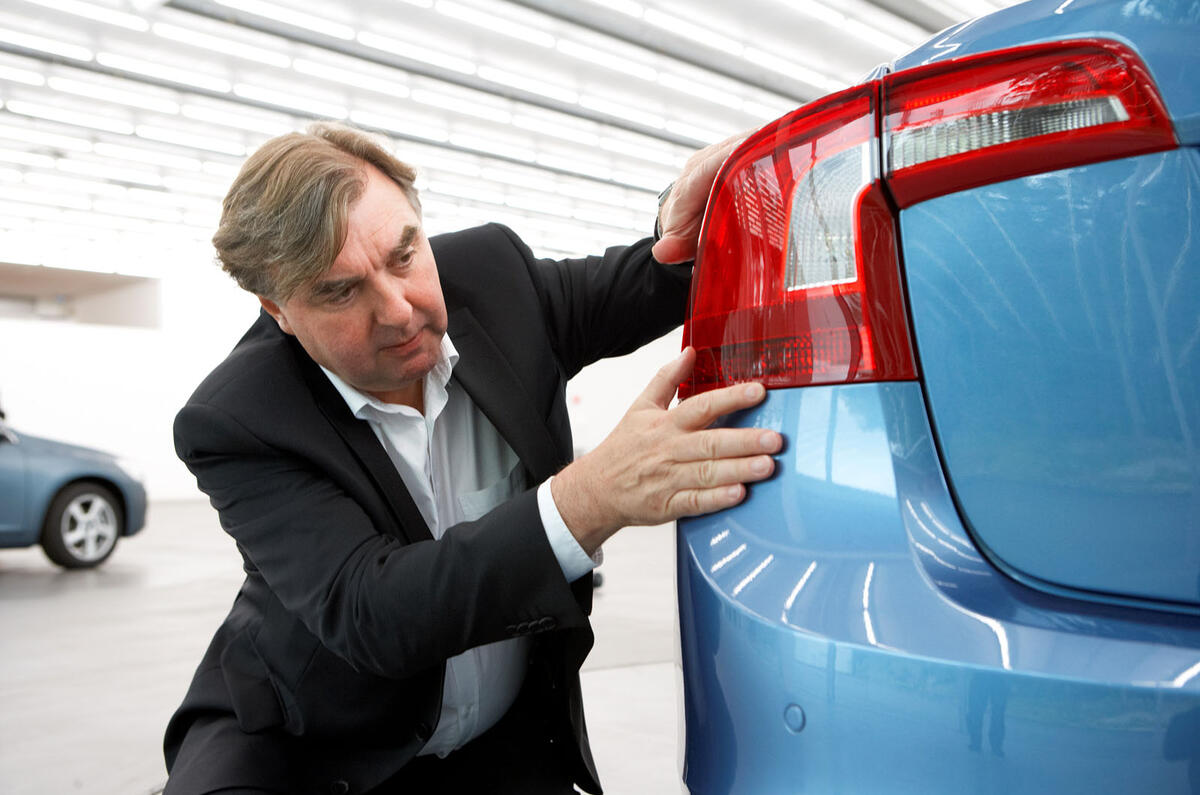

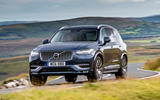

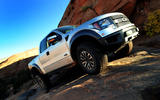

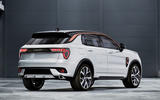
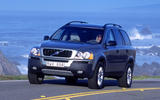


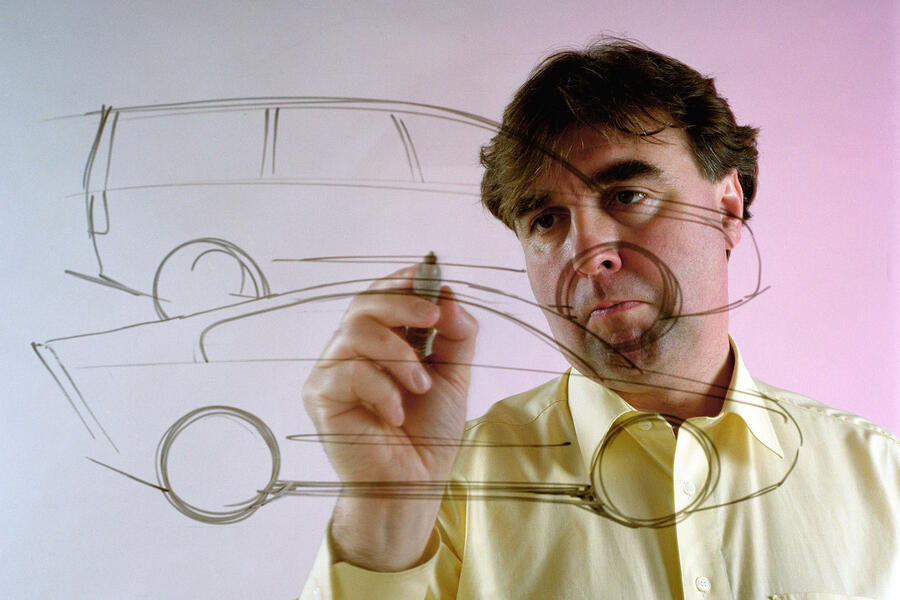
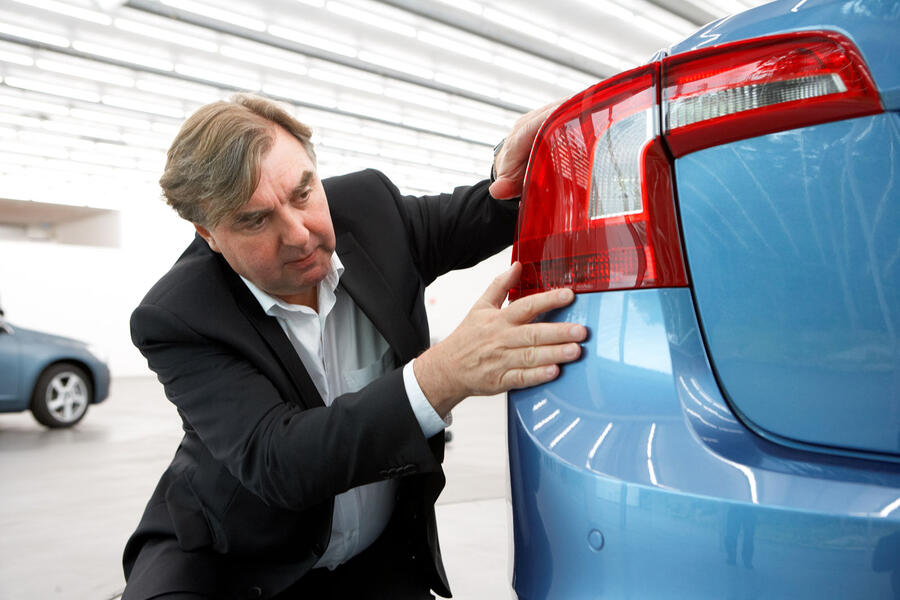
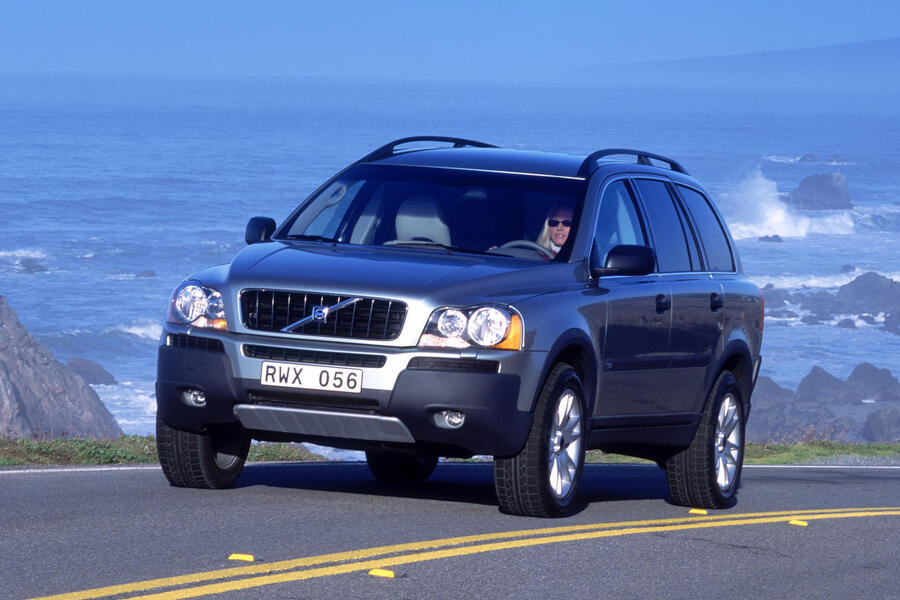
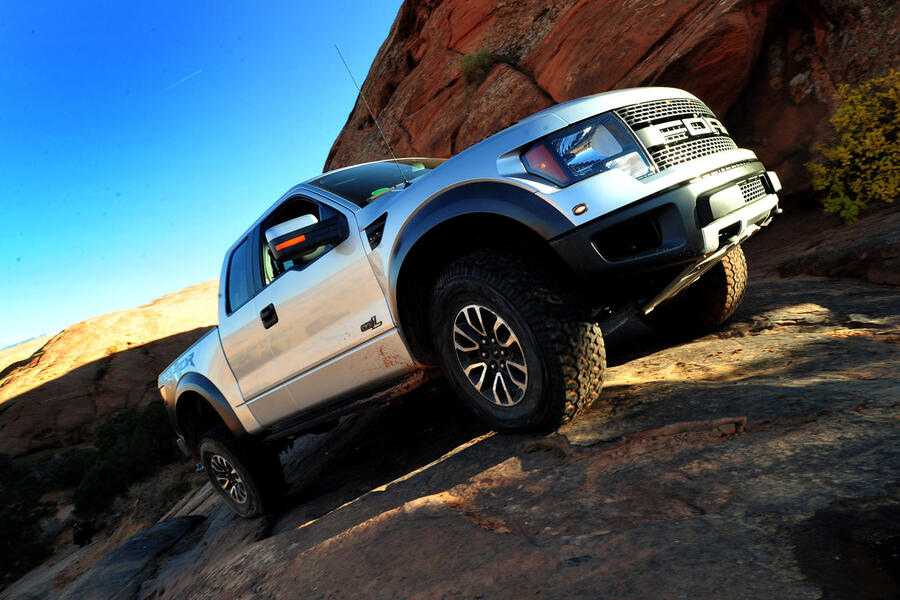
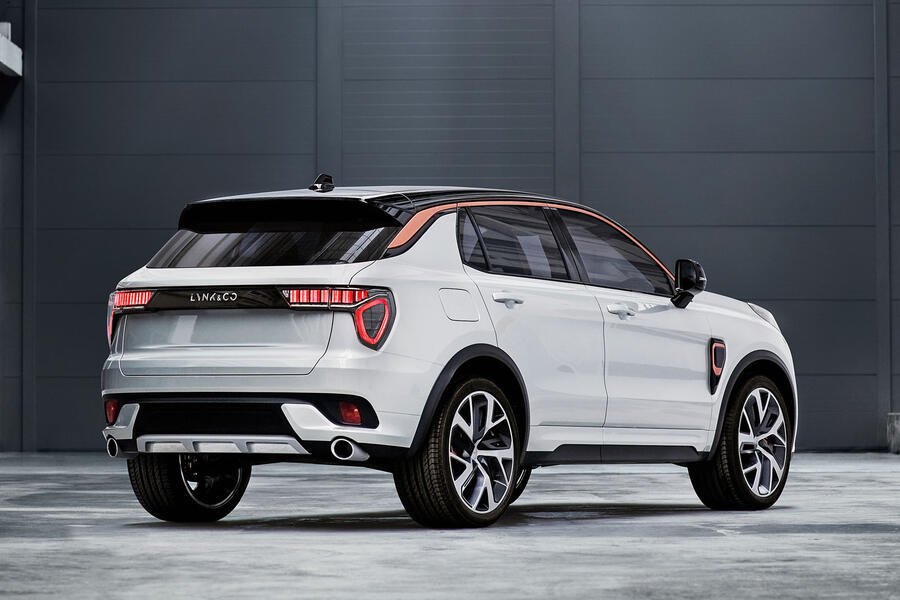





Join the debate
Add your comment
Well Deserved
I still rmember being gobsmacked by the ECC in the context of Volvo's range at the time. The guy has done a lot.
Open Minds - Open Eyes...
A truly wonderful homage Steve and a well deserved accolade for an industry legend. I LOVE the fact that Peter still has so much energy and passion for his craft (I had a chat with him up in Gothenburg at the end of January - so I've seen for myself) An exemplar for doing what you love to make a living - why would anyone want to retire from that?